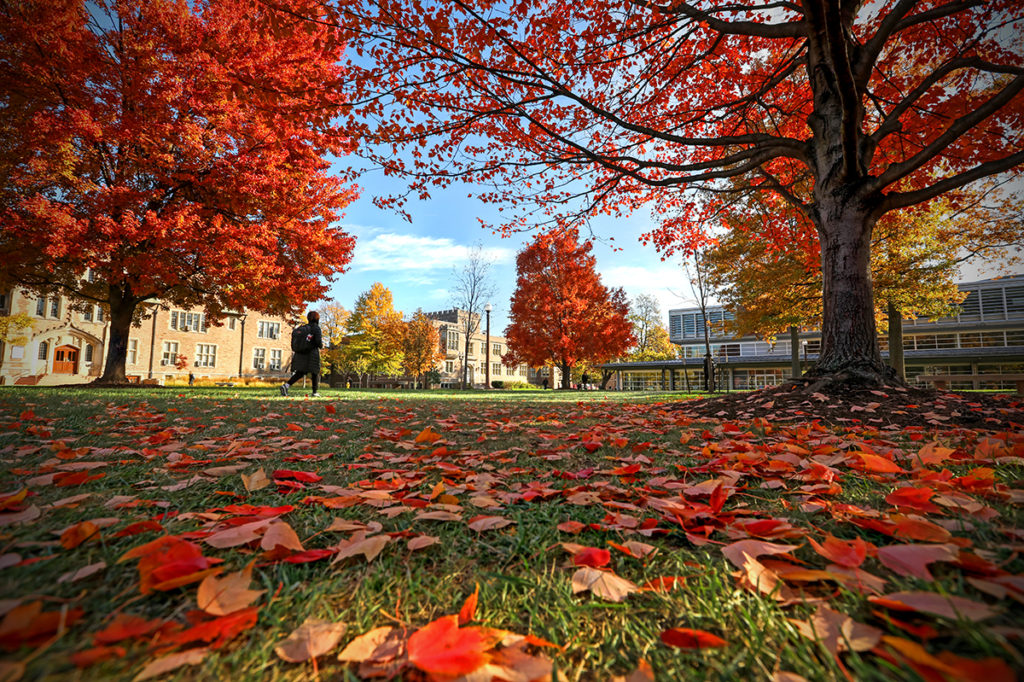
In a warming climate, spring keeps getting earlier. But the timing of leaf fall in autumn has been more of a mystery. For the first time, a study by researchers including biologist Susanne Renner in Arts & Sciences at Washington University in St. Louis helps solve this mystery by revealing the pivotal role of the summer solstice.
A study published July 7 in Science shows that warming before the solstice triggers an earlier onset of leaf senescence - the process through which plants break down and reabsorb key nutrients that had been deployed in leaves - and declining photosynthesis, while warming that occurs after the solstice slows down the leaf discoloration process.
When warming takes place before the summer solstice, autumn starts earlier due to accelerated seasonal cycles in trees, the researchers found. Conversely, later warming extends the duration of autumn, causing leaves to fall later. On average, each degree Celsius (or 1.8 degrees F) of pre-solstice warming advances the onset of leaf senescence by 1.9 days, while each degree Celsius of post-solstice warming extends the senescence process by 2.6 days.
The scientists said that the switch in effects is an evolutionary adaptation that allows trees to synchronize their growth rhythms with the changing day length.






